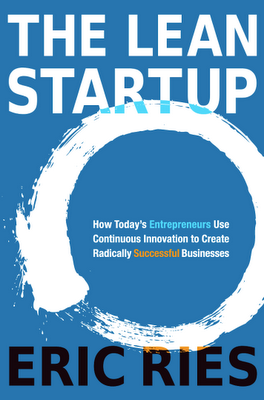If you are a returning reader of this blog, you know that I’m not into heavy software processes. While I try to be very structured around how I spend my time, my daily work doesn’t follow a specific software development process. I get inspiration from the workplaces I have been a part of, practical experiences from either myself or others, blog posts and books like The 4 hour work week and The Lean Startup. For those of you who don’t know, I’m the founder of elmah.io, an error management and uptime monitoring tool for .NET web developers.
 When looking in retrospect at the way I develop my company, I have been very much inspired by the principles from Lean Startup, which are perfectly explained by Eric Ries in his book mentioned above. Since Eric and others do a great job explaining Lean Startup, I don’t want to write yet another post doing that. If you are not into reading, Kim Hartman wrote an excellent summary and even the Wikipedia article about the subject is good.
When looking in retrospect at the way I develop my company, I have been very much inspired by the principles from Lean Startup, which are perfectly explained by Eric Ries in his book mentioned above. Since Eric and others do a great job explaining Lean Startup, I don’t want to write yet another post doing that. If you are not into reading, Kim Hartman wrote an excellent summary and even the Wikipedia article about the subject is good.
Instead, I want to focus on how I’m using the principles of Lean Startup and what software and services I use for the various disciplines. People often asks me all sorts of questions on how I run elmah.io and which tools I use. These blog posts are an attempt to both provide a little history lesson around elmah.io as well as to answer some of the questions I’m hearing.
To describe my usage of Lean Startup, I’ve picked five headlines from Lean Startup and written down my thoughts and experiences with each area. The breakdown is heavily inspired by the Wikipedia article, but there are disciplines missing for sure. For the full overview, read the book. During the next few days, I will publish a new post every day:
- Introduction
- Minimum viable product
- Continuous deployment
- Split testing
- Metrics
- Pivot